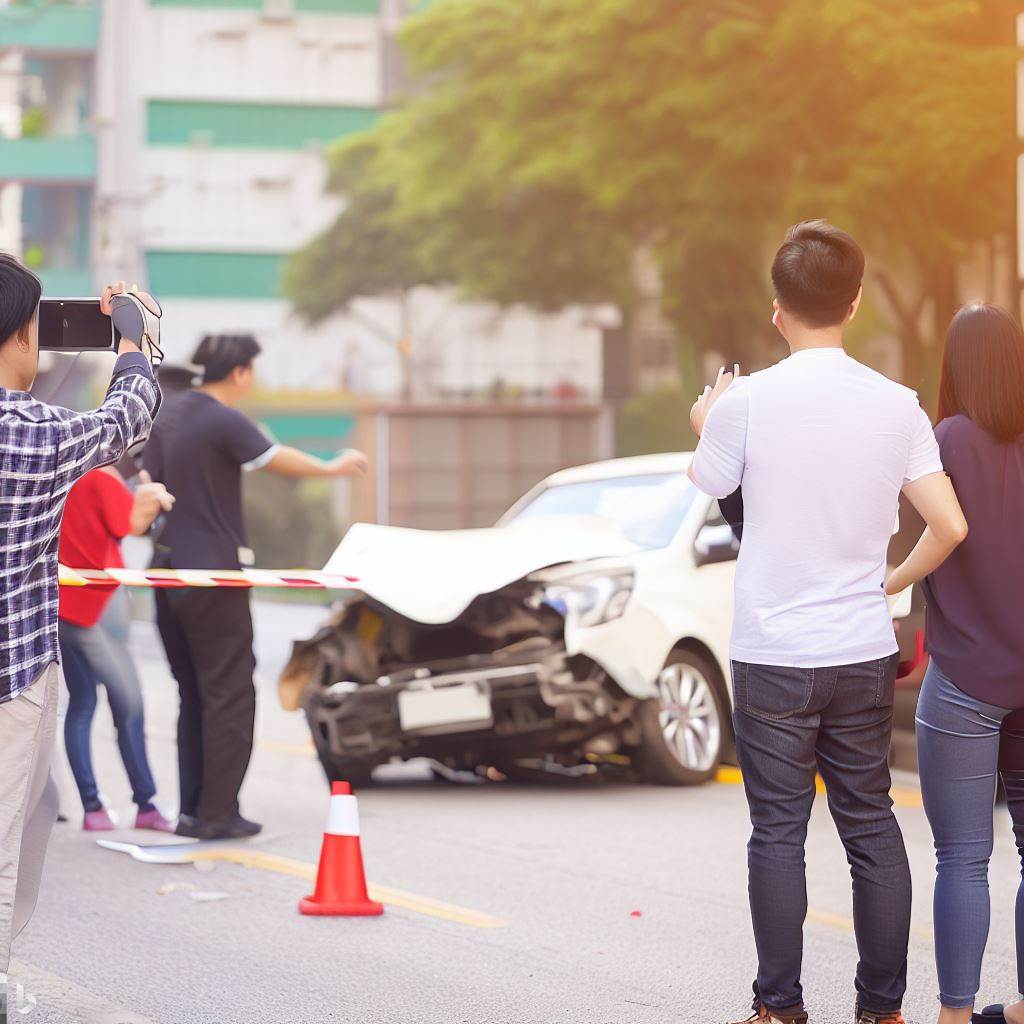YouTuber Rome: It could have been just one of the many episodes of The Black Mirror, and instead, unfortunately, it is reality. The incident that took place in Rome on 14 June 2023 is yet more proof that something in this society no longer works. It happens that the group of YouTubers TheBorderline, with 600,000 subscribers on YouTube and 270,000 on TikTok, launches into a new risky challenge that, unfortunately, ends in tragedy. The social challenge consisted in renting a large car, getting into it and driving for 50 hours without stopping. Once they were seated in the Lamborghini SUV, TheBorderline started driving, with the one and only objective of winning the challenge, which would bring them new views, new clicks and an economic return linked to these two elements.
During the long drive, the young YouTubers posted several videos on Instagram, in which they also complained of some fatigue, but this did not prompt them to stop. Winning the challenge was the priority, whatever the cost.
It is still unclear what really happened. According to some reconstructions, it may be that the SUV, at some point in its race, ran into the wrong side of the road just before violently hitting a Smart car on its right side. On that right side, unfortunately, was sitting little Manuel, 5 years old, who died shortly afterwards in Ostia Hospital. With Manuel, however, were also his mother and sister, both seriously injured. The young man who was driving the big Lamborghini SUV is under investigation for murder and aggravated road injuries. Some residents reportedly spotted the car going back and forth on the same road as the accident at a very high speed of 100 km/h. Madness!
Social media kill – YouTuber Rome
The YouTubers collective loves the format of social challenges, so much so that they have made a real empire out of it. Their ‘manifesto’ speaks volumes: ‘We’re not rich, but we like to spend money to entertain you! Everything we do is based on you; the more support you give us, the more expensive and entertaining content we will bring; between challenges, challenges and pranks of all kinds, we will try to get a laugh out of you at all times. Every single euro earned on YouTube will be spent on bringing absurd and unique videos: our source of inspiration is the great MrBeast, who in America has built an empire through this type of video. Inspired by him, we will bring similar content to Italy for the first time, which can only be brought to life through your great support.

The challenge identifies them and makes them ‘unique’: we have seen them cut up sofas with plastic knives, we have seen them eat bovine tongues, endure as long as possible in a sauna or even resist ice. The last challenge, however, ended badly, very badly: travelling for 50 hours non-stop in a Lamborghini SUV cost them dearly, although it was Manuel who paid the highest price, as it cost him his life. Having established that they are not violent teenagers or serial killers, it was almost taken for granted that after the tragic incident in Rome, The Borderline’s group would end up at the centre of a relatively heavy social fuss.
Needless to say, the comments received by the YouTubers are full of anger at what happened. Still, perhaps we should reflect on another important aspect: what drives these people to carry out such extreme social challenges? Is it social media that kills people, or is it ‘just’ people doing it? We would opt more for the latter, but society plays an essential role in this mechanism: the spasmodic search for social consensus. Social media are not the core of the problem, the addiction they can create in those who use them, however, is.
The real challenge is to be real
To accept such extreme challenges means wanting to capture the attention of one’s audience: to keep them active, to involve them, to make sure they are glued to the screen, to appear infallible in their eyes and to always be on the ball. Behind such crazy challenges lives the constant fear of failure and falling into oblivion: how long can success last? Perhaps after this tragic incident, very little. We should start asking ourselves why these dynamics exist: why are more people attracted to this kind of content? If social media itself is not the underlying problem, shouldn’t we educate users to make good use of it? Too many questions and not enough answers. Now explain to the dad that Manuel is gone because of a few too many likes.



